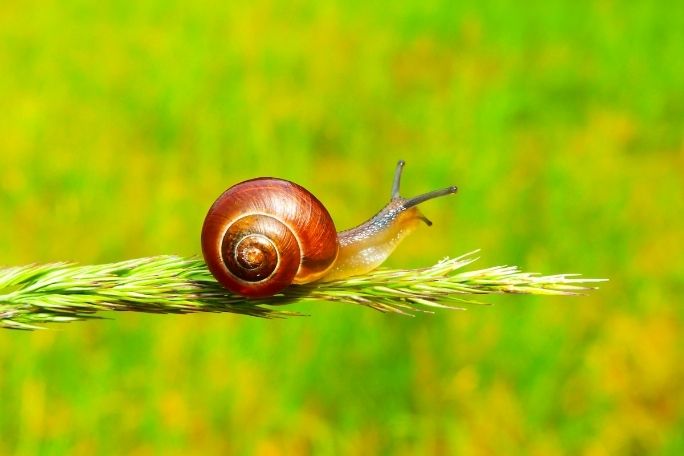Lesson summary
Students investigate how to distinguish between living and non-living things. They begin by thinking about the living and non-living things in their classroom before attempting to classify a range of things as living or non-living. They are then introduced to the MRS GREN tool, and use it in conjunction with the example of a beetle to explore how to determine if something is living or nonliving. They then create their own drawing or 3D model of a spider to demonstrate the attributes that qualify it as a living creature. Finally, students return to their original classifications and work to reclassify these things as living or non-living based on what they learnt in the lesson.
Learning intentions:
Students will...
- understand the difference between living and non-living things
- recognise the value of a tool for assessing if things are living or nonliving.
Success criteria:
Students can...
- apply the MRS GREN checklist tool to various things to determine if they are living or non-living
- make a drawing or 3D model
- apply and use critical thinking skills
- work collaboratively and independently
- participate in class and group discussions.
Lesson guides and printables
Lesson details
Curriculum mapping
Australian Curriculum content descriptions:
Year 3 Science:
- compare characteristics of living and non-living things and examine the differences between the life cycles of plants and animals (AC9S3U01)
- write and create texts to communicate findings and ideas for identified purposes and audiences, using scientific vocabulary and digital tools as appropriate (AC9S3I06)
Year 4 Science:
- explain the roles and interactions of consumers, producers and decomposers within a habitat and how food chains represent feeding relationships (AC9S4U01)
- write and create texts to communicate findings and ideas for identified purposes and audiences, using scientific vocabulary and digital tools as appropriate (AC9S4I06)
Syllabus outcomes: ST2-10LW, ST2-4WS, ST2-11LW
General capabilities: Critical and creative thinking
Cross-curriculum priority: Sustainability
Relevant parts of Year 3 achievement standards: Students group living things based on observable features and distinguish them from non-living things, and they use diagrams and other representations to communicate their ideas.
Relevant parts of Year 4 achievement standards: Students describe relationships that assist the survival of living things and sequence key stages in the life cycle of a plant or animal. They use formal and informal ways to communicate their observations and findings.
This lesson is part of the wider unit of work: Investigating Invertebrates – Lower Primary
Resources required
- MRS GREN and the beetle – worked example
- Device capable of presenting a website to the class
- Insect Life-cycles
- Materials for drawing OR materials for 3D model (modelling clay or playdough and paper for labels)
- MRS GREN Image
- Scientific Drawing Guidelines
- Student Worksheet – one copy per student
- Whiteboard and markers
Skills
This lesson is designed to build students’ competencies in the following skills:
- Communication
- Critical thinking
- Collaboration
Additional info
Time required: 100 mins
Level of teacher scaffolding: Medium – oversee discussions and lead students in activities
This is an original Cool+ lesson.


Welcome back!
Don't have an account yet?
Log in with:
By signing up to Cool.org you consent and agree to Cool's privacy policy to
store, manage and process your personal information. To read more, please see
our privacy policy here(Opens in new tab).
Create your free Cool.org account.
Many of our resources are free, with an option to upgrade to Cool+ for premium content.
Already have an account?
Sign up with:
By signing up to Cool.org you consent and agree to Cool's privacy policy to
store, manage and process your personal information. To read more, please see
our privacy policy here(Opens in new tab).